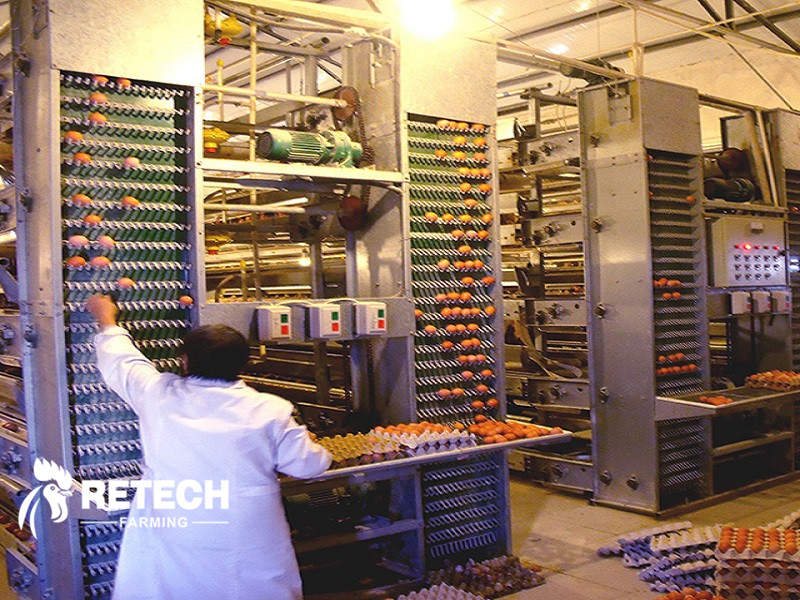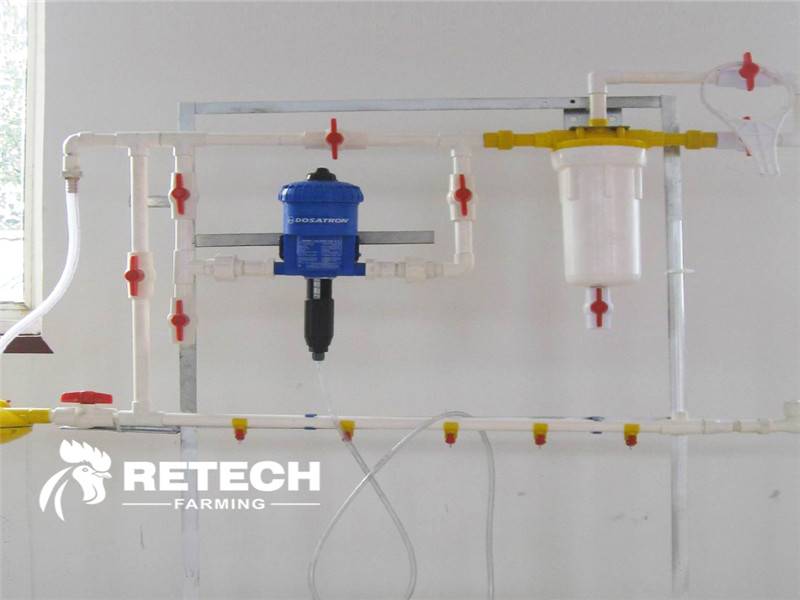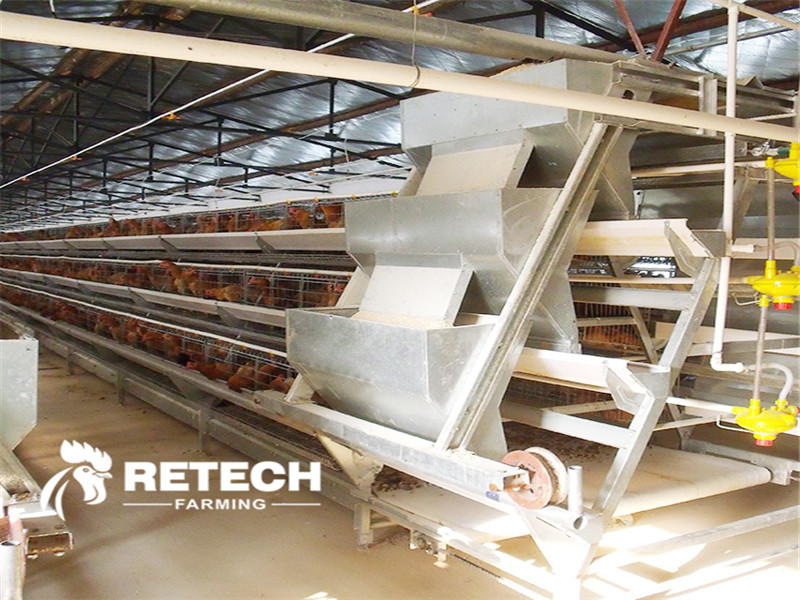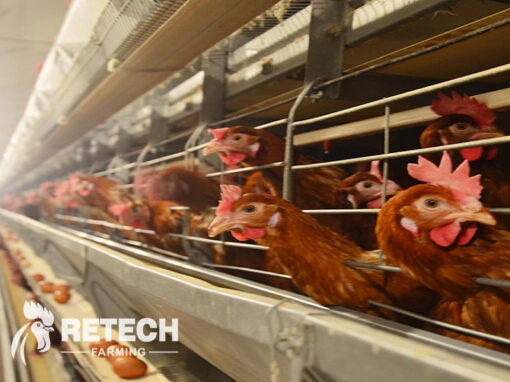Why is eggshell quality so poor? How to increase eggshell hardness in the later stage of laying hens? What is the quality of the eggshell related to? What factors can cause poor eggshell quality? Read below to learn about the factors that affect eggshell quality.
1. The cycle of egg production
Aging leads to decreased intestinal function, salpingitis, and decreased liver function.
After 400 days, the physiological functions of laying hens degenerate, and the intestinal absorption capacity of nutrients (calcium, manganese, etc.) decreases, resulting in poor eggshell quality and dark eggshell color.
Aging leads to the decline of liver function, especially the long-term damage of mycotoxins in the feed, the lack of bile secretion, the impact of fat-soluble vitamin emulsification, the decline of intestinal health, and the ineffective absorption and utilization of vitamins A, D, and E.
Studies have shown that there is a direct causal relationship between vitamin A and the integrity, smoothness, and brightness of eggshell membranes, vitamin E and egg color and eggshell decolorization, and vitamin D and eggshell thickness and broken eggs.
The aging of laying hens leads to an increase in inflammation of the fallopian tubes. Due to salpingitis, eggs can easily lead to a decline in egg production rate, no peaks, and low-quality eggs such as thin-shell eggs, soft-shell eggs, sharp-preserved eggs, deformed eggs, preserved white eggs, small eggs, etc. Phenomenon.

eggs
2. Absorption problem
Not meeting nutritional needs.
There are two factors that affect absorption. On the one hand, the layer chicken calcium in the feed is insufficient, and the calcium content in the stone powder is insufficient. Especially in clinical practice, many laying hens farming friends randomly stack the stone powder on the chicken farm, and the wind and rain cause calcium loss, which leads to the loss of calcium in the feed. Calcium deficiency.
During this period, the laying hens eggshell is clinically brittle, and the eggshell is thin, often less than 0.35 mm below normal (brown-shell eggs as an example). This period is the most severe breakage.
On the other hand, there are problems in the intestines, especially diarrhea, which will lead to faster intestinal peristalsis, and calcium is excreted from the body before it can be absorbed.

drinking system
3. Metabolic problems
It is mainly divided into two aspects: on the one hand, the content of vitamin A and D in the feed is insufficient, and the abnormal calcium and phosphorus metabolism is caused by the inability to adjust calcium and phosphorus in time, or the imbalance of calcium and phosphorus ratio. Laying hens eggs are fragile or partially soft shells at the start of production. In order to pursue the quality of eggshells, some laying hens farmers add too much calcium to the feed, which destroys the ratio of calcium and phosphorus, resulting in problems with calcium absorption.
On the other hand, there is the liver problem: now the liver problem is particularly prominent in laying hens, especially under the high pressure of high energy, high fat, and mycotoxins, the liver is under a heavy burden. The fat-soluble vitamin (ADEK) in the feed cannot be digested, resulting in insufficient metabolism and storage of the body, which affects the quality of the eggshell.
Because the root cause of poor eggshell quality is actually the liver. Accompanied by the accumulation of fat and harmful substances in the liver for a long time, the liver cells are damaged and the liver function decreases. The ability to synthesize fat-soluble vitamins is weakened and hindered, and the precipitation of calcium is poor, resulting in poor eggshell quality.

A type layer cage


